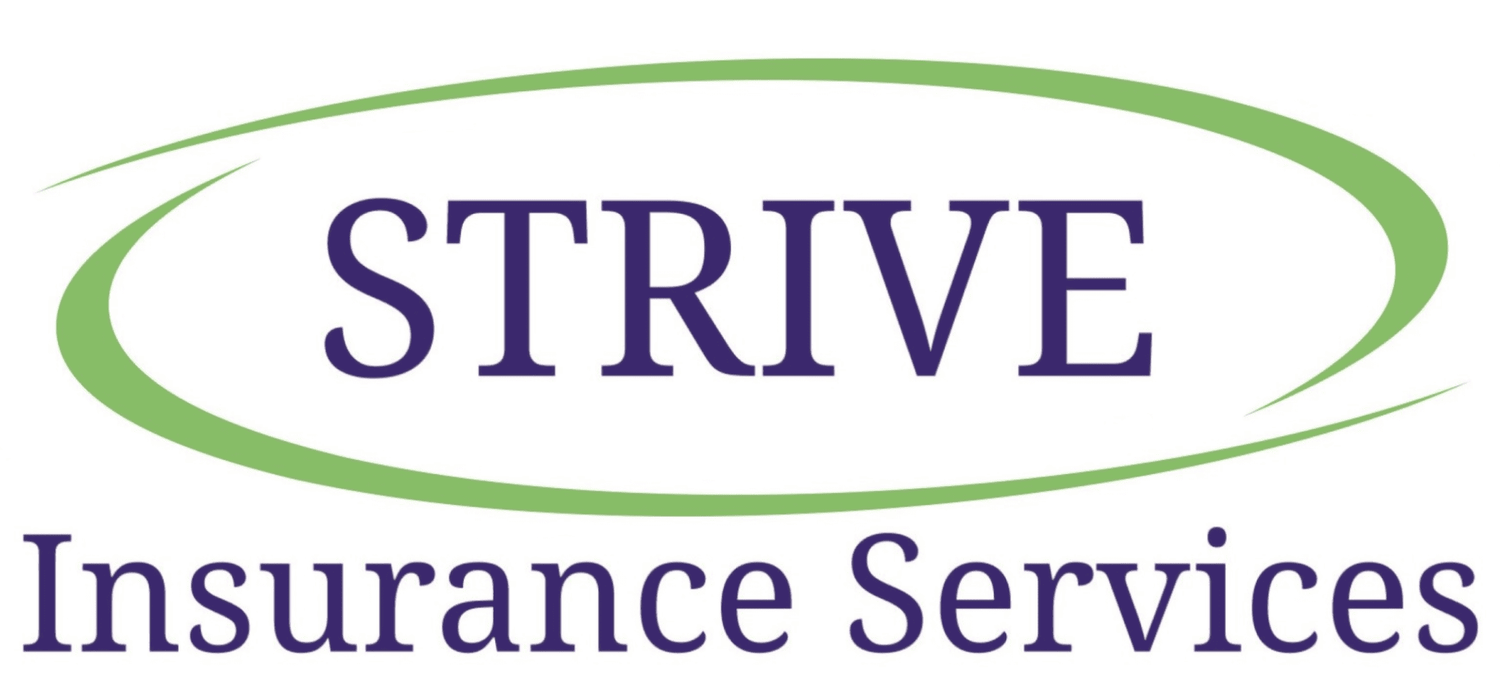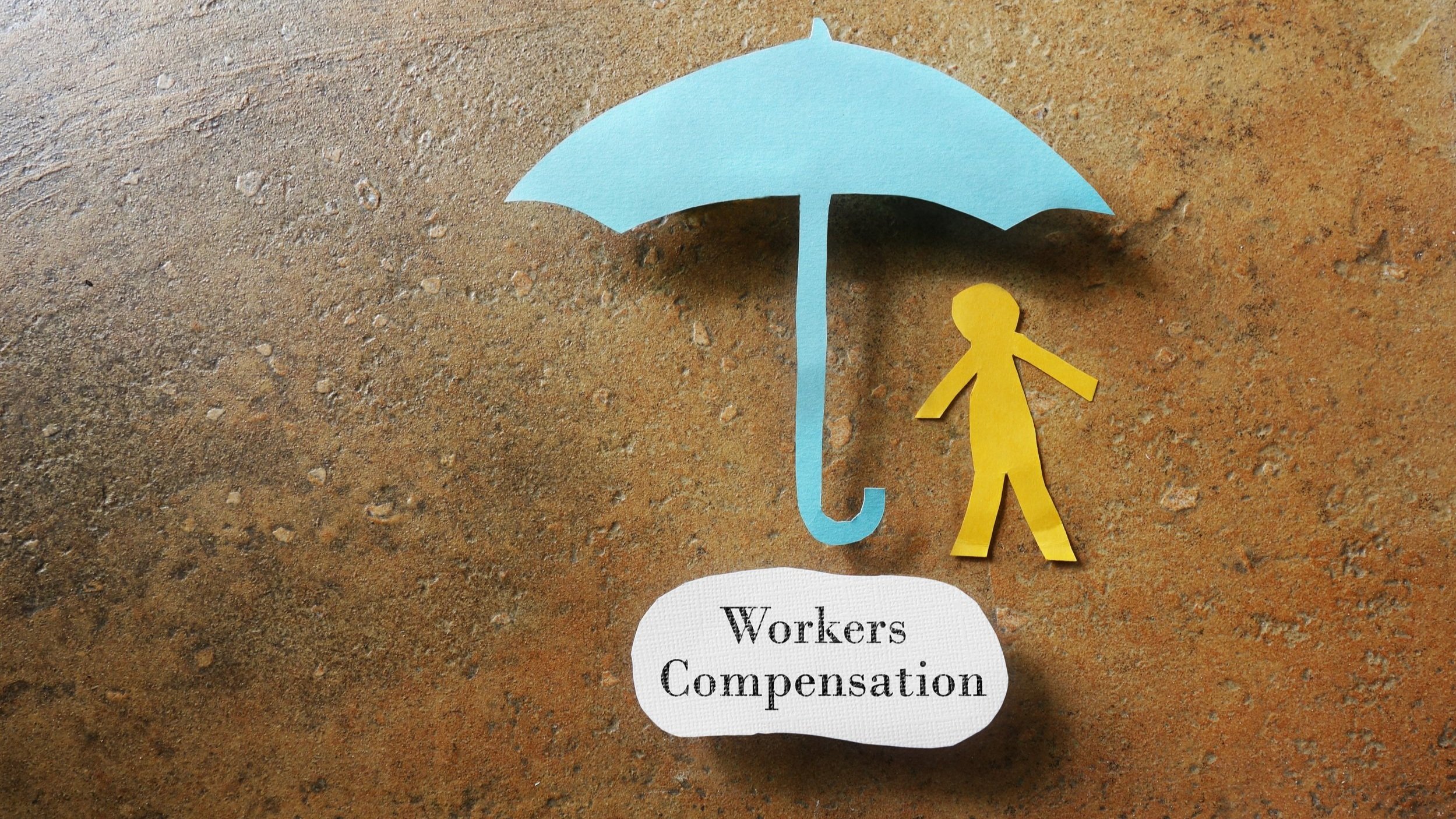Workers Compensation (also referred to as Work Cover) and managing workplace incidents is an important part of Workplace Health and Safety (WHS). It can often feel overwhelming and stressful when an incident occurs, especially if you’ve never had to deal with one before. In this article we outline the insurance-related steps for responding to a workplace incident.
Before we jump into what’s required, we want to acknowledge that as WHS is covered under legislation, you may want to seek appropriate Human Resources and/or legal guidance to ensure you:
Understand what may constitute a workplace incident or near miss and in what context (e.g. travel to and from work may be covered in one jurisdiction but not in another)
Understand what may constitute a ‘notifiable incident’ and what the reporting requirements are (these differ from other WHS incidents and reporting requirements)
Understand what the relevant reporting timeframes, requirements and forms are for your state or territory. There can be penalties and fines applied when these requirements are not met.
Have adequate policies, procedures and documentation for your workplace.
It is important that employees and management have easy access to your relevant Incident Reporting form and are aware of what to do if/when an incident/near miss occurs.
Ensure a copy of your current Workers Comp policy, and Broker details if relevant, stored in an easy to find location so that the policy number can be recorded on the relevant forms and the appropriate people know which insurer to report the incident to.
Incidents may include accidents, injuries, property damage, theft, security-related issues and ‘near misses’. You will need to refer to your relevant State or Territory legislations for the specific definition that applies to your workplace.
When an incident occurs:
1) Seek medical treatment/help required for anyone involved and ensure the environment is as safe as possible to prevent further injuries. If necessary, contact emergency services.
Note: Medical staff should be informed the incident may be a workers comp claim and they can issue a workers compensation medical certificate. If no immediate treatment is required, a certificate may still be required later to document any injuries/illnesses and/or provide clearance for return to work
2) Complete an incident report. It is likely your Insurer will have a template for you to use, it may also be referred to as an early notification form or other similar names. This information may also need to be added to your Workplace Injury Register
3) Submit the incident report to your Insurer within required timeframes. Some of these forms can be submitted through the insurer’s online system, others will need to be emailed. Copy your Insurance Broker in when you submit the form by email or contact them to let them know about the incident. You can do this prior to submitting the incident report if you would like, however, don’t hold off on submitting the form beyond the required time if you’re unable to speak to your Broker beforehand.
4) Follow the relevant next steps depending on the incident and outcome, with your Insurer. The Insurer will provide instructions and your Broker can guide you through this process if you need them to. Depending on the circumstances, you may need to:
Keep in touch with your employee to find out how they are. This may involve working with them to identify suitable duties they can undertake while recovering. If in doubt, please speak to the Insurer or your Broker
Complete an Employers Report of Injury Form
Complete a Workers Compensation Claim Form
Obtain a Statement of Witness form
Notify your employee of their right to make a Workers Compensation claim, if they would like to provide them with the relevant employee claim form
Report notifiable injuries to the relevant State or Territory Authority
5) Debrief. Depending on the severity of the incident, you may need to debrief with staff and/or management. If formal services are required, these may be accessible through your insurer or Employee Assistance Program (EAP). You can also use an incident as an opportunity to reflect on:
Are there ways the workplace can be made safer or the risk of mistakes/accidents reduced?
Do you need new or updated documentation or training for staff?
6) Further steps in managing any claims process will be provided by the Insurer.
Incident reports should:
Include a brief description of the incident include who was involved, what type of incident occurred, when and where it occurred, whether anyone was injured and if so what the injuries were
Be factual and accurate. Avoid using assumptions or emotional descriptions. Don’t attempt to minimise or hide details of the incident
Be complete. Make sure all necessary/relevant fields are complete
Don’t forget, that not all incidents result in claims. Sometimes an incident report/notification is all that’s required for your insurers. However, even if you don’t think a claim will occur, it’s important to follow the steps because sometimes injuries – physical or psychological – can appear after the event.
Many insurers also offer free training and resources that can help you meet your WHS obligations and minimise risk in your workplace. Check out the links below or speak to your Broker to find out more information.
Volunteers
If your workplace engages people in a voluntary capacity, it’s important to know that there may be very limited times when a volunteer is covered by Workers Comp Insurance. However, workplaces have similar legal obligations to look after the health and safety of volunteers as they do with employees. It may be worthwhile talking to Your Broker or Insurer about volunteer insurance options.
If you would like further information or a quote for ACT, Tas or WA Workers Compensation, please get in touch with us!
ACT, TAS & WA Workers Compensation Links
-
ACT: https://www.allianz.com.au/business-insurance/workers-compensation/act.html
Tas: https://www.allianz.com.au/business-insurance/workers-compensation/tasmania.html
WA: https://www.allianz.com.au/business-insurance/workers-compensation/wa.html
Workers Compensation Claims: https://www.allianz.com.au/business-insurance/workers-compensation/claims.html
-
-
-
-
https://www.zurich.com.au/business/products/workers-compensation
(Current policies expiring up to 30 September 2023)





